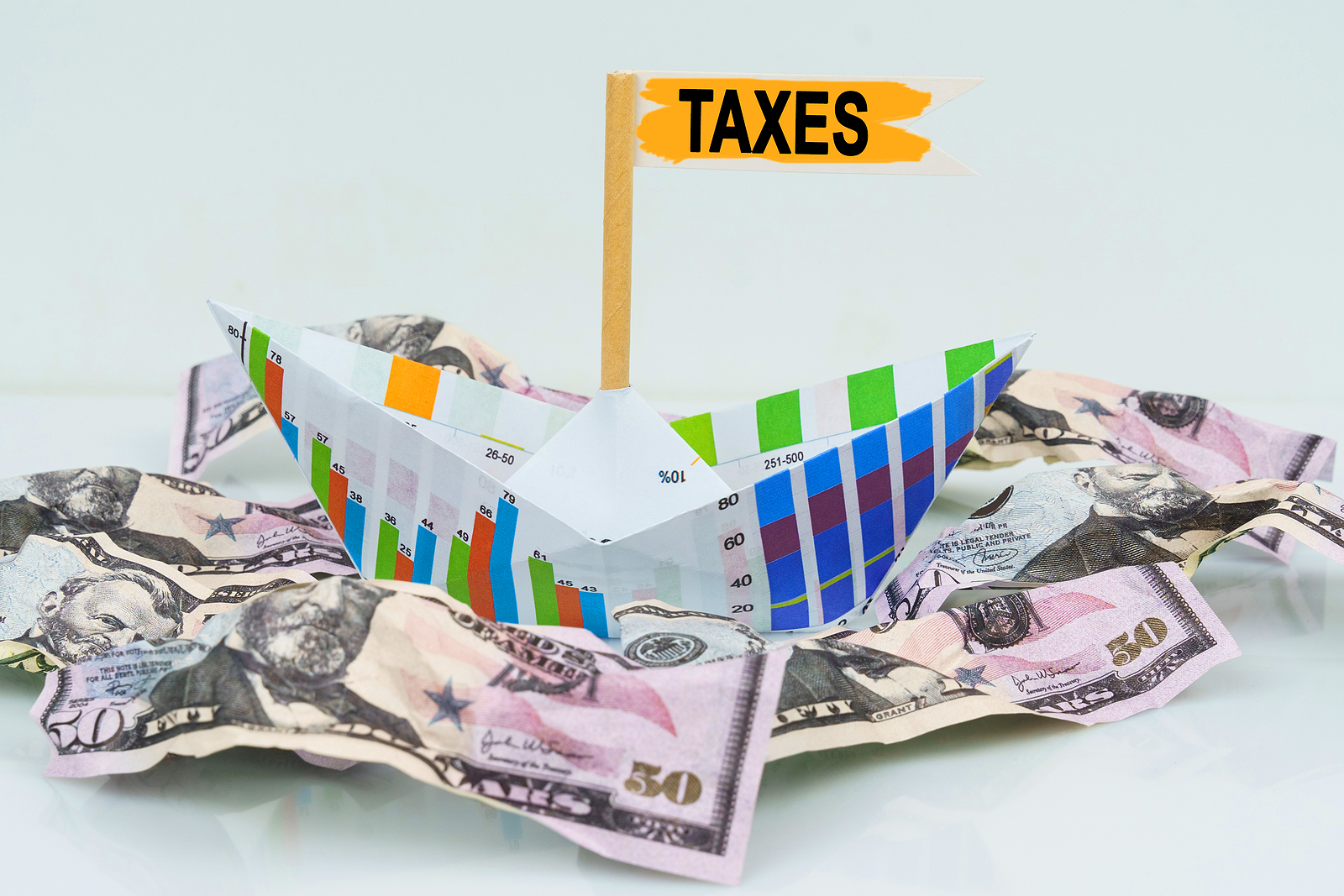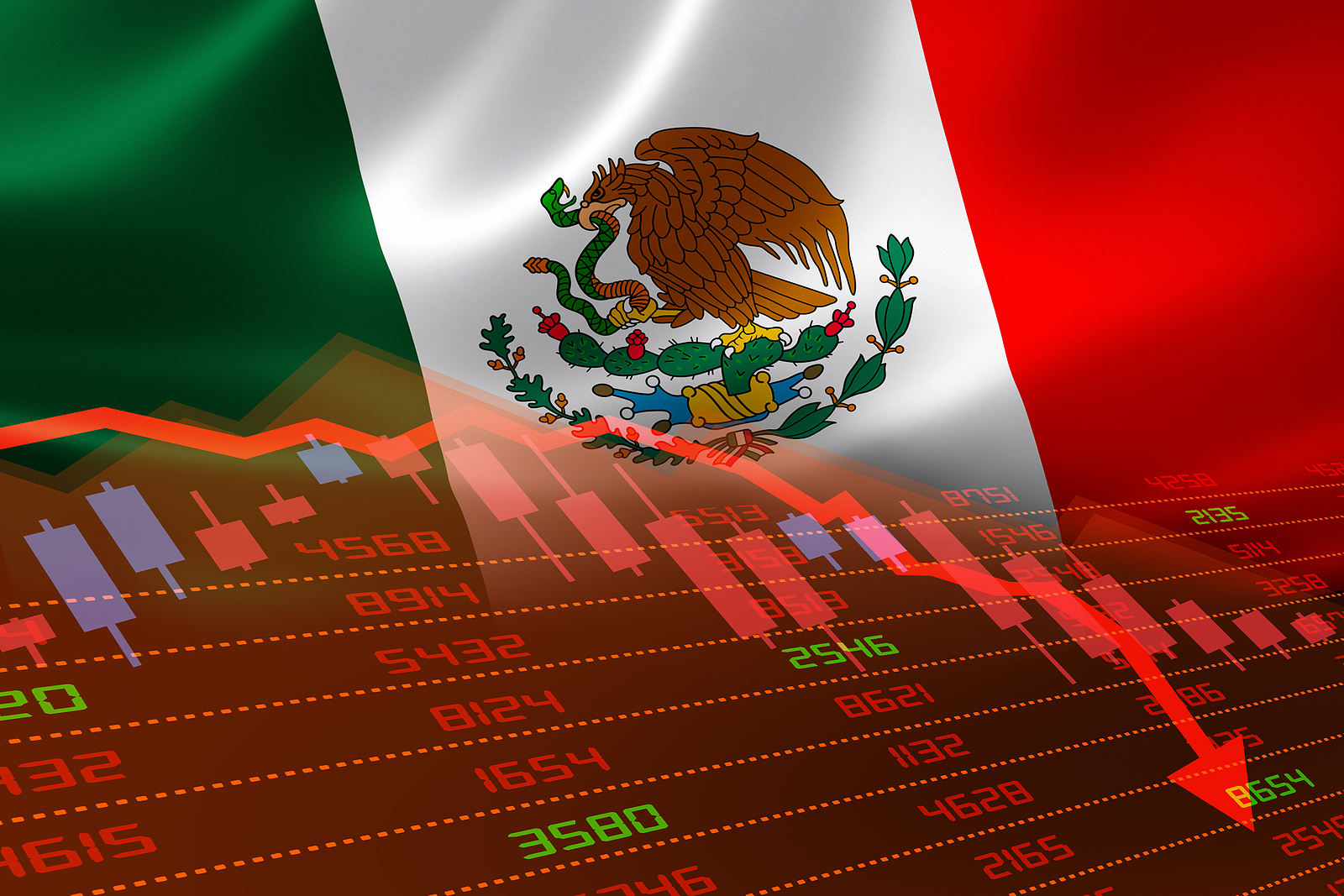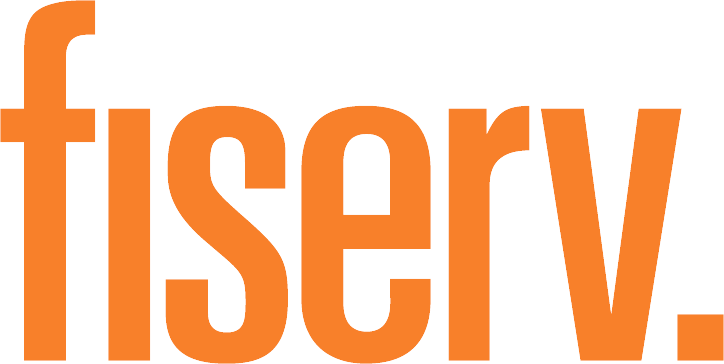eNews April 8
In the News
April 8, 2021
Progress on Global Tax?
Chris Kuehl, Ph.D., NACM economist
Governments need revenue, and that means taxation. The natural inclination is to tax those entities that seemingly have the capacity to pay. That means the wealthy and the business community. Here is where it gets complicated.
Countries compete with one another through taxes. If one nation taxes less, it will get more business interest and will put the higher taxed nations at a disadvantage—hence the somewhat futile call for some kind of global tax rate for all nations to abide by. The latest to make the case for this has been U.S. Secretary of Treasury, Janet Yellen. Yellen makes the usual arguments, but this will never happen—not as long as nations have the desire to compete with their tax systems.
When the United States cut the corporate tax rate in 2017, the rationale was pretty simple. Much of the developed world had already engaged in such tax reduction, and the U.S. was now sitting in an unenviable position as having one of the highest tax rates in the world.
By dropping the rate to 21%, the U.S. was about where most of its rivals were. Europe is at around 19% and OECD nations as a whole are at 25%. To be sure, nothing on the planet is more convoluted than taxation. Every nation has its own complex web. The point is that hiking taxes to 28% puts the U.S. back among the highest corporate tax rates in the world. This will mean a significant reduction in earnings (around 10%), but it also means a renewed incentive to move operations overseas.
The discussion over some kind of minimum global corporate tax has been swirling around wealthier nations for years, but it has never managed to move beyond the conversation stage.
Presently, however, some movement appears to have occurred. There has been a tacit agreement between the U.S., France and Germany. This is progress for sure, but there is still a very long road ahead.
Europeans are on board to a degree but they want to tax the profits of the big technology firms in the U.S. such as Google, Facebook and the like. That aspiration has been a big stumbling block in the past.
The basic motivation behind some kind of minimum corporate tax is to keep companies from shifting their profits around the world as a means by which to avoid taxation. The flaw in the plan is that there will always be a nation or two or a dozen that will decide not to play by these rules. They will provide a tax haven anyway.
The assumption is that a minimum agreed on by the largest economies will be a start and will limit a certain amount of the profit distribution. The idea has been pushed by the European Union for years, but the U.S. has been resistant.
However, the fact that Yellen is now backing some version of this proposal has brought the idea a bit closer. The details are still under discussion and plenty of pitfalls exist—not the least of which is the requirement that Congress gets engaged. There are questions about the legislatures in Germany and France as well.
Mexico’s Steep Recession in 2020 Brings
Only a Partial Rebound in 2021
Greetje Frankena, Atradius
In 2020, Mexico saw a GDP contraction of 8.5%, mainly due to sharp declines in consumption and investment. With Mexico entering 2020 in a mild recession, the coronavirus pandemic exacerbated an already weak economic situation due to fiscal tightening and falling investments on the back of rising policy uncertainty.
Economic analysts at trade credit insurer Atradius predict a GDP increase of 6.1% for Mexico in 2021. Exports of the manufacturing sector are expected to receive a boost from higher U.S. growth prospects, while an infrastructure plan is likely to contribute to a partial recovery of investment. However, this recovery expectation remains subject to a timely containment of the pandemic and the global vaccination rollout.
Criticisms of Government Policies Continue to Increase
President Andrés Manuel López Obrador of the leftist Morena party governs with a strong political mandate, as a Morena-led coalition has a large majority in both houses of Congress. However, due to the severe spread of COVID-19 and the resulting economic downturn, the handling of the crisis by the government has drawn harsh criticism. That said, the president’s approval rating remains high at about 60% (from about 80% early 2019) and his party remains well positioned for mid-term elections in June 2021. General disillusionment with traditional parties and a series of corruption scandals underpin this expectation.
Concerns about the president’s economic policy direction remain as well. Doubts over the enforcement of contracts have increased, especially after the decision to cancel Mexico City’s new airport plans, following a controversial public opinion poll. The government has also reversed landmark energy reforms. Oil auctions were suspended amid other moves to reassert the dominance of the state-owned oil company Pemex. The recent approval by Congress of a market-unfriendly electricity reform bill adds to these concerns.
Weaker Government Finances, Low Risk of Debt Distress
After increasing from 47% of GDP in 2019 to 53% of GDP in 2021 due to the repercussions of an economic contraction, the government debt ratio is expected to level off in 2022.
The government debt structure is generally favorable (70% in local currency). The main vulnerability is a relatively high share of debt held by nonresidents (45%), but refinancing risks may be mitigated by a favorable maturity structure (average maturity of more than 18 years for external debt), and prudent debt management. The vulnerability to oil price declines has been mitigated by fiscal reform and an oil price hedge.
The main risk for government finances remains the contingent liability related to heavily indebted Pemex (11% of GDP). The financial situation at Pemex has become more uncertain following the shift from exploration to loss-making refining. Due to the company’s net losses, financial debt increased further in 2020. President López Obrador has prioritized supporting state-owned energy companies financially over further liberalizing the market. In December 2020, he announced the spending of another $24 billion to support Pemex and its refineries.
Sound External Finances and Adequate Liquidity Positions
The current account surplus seen in 2020 is expected to narrow in 2021 and beyond, as import demand surges again. Foreign direct investment inflows are expected to be impacted by less business-friendly policies, averaging 1.4% of GDP annually in 2021-2025 (down from 2.3% of GDP in 2015-2019). External debt ratios at 40% of GDP and 93% of exports and goods and services remain relatively low and likely sustainable this year. The debt service ratio remains low, reflecting the lengthening of maturities by both the government and corporates. Natural and financial hedges may mitigate the currency risk.
The international liquidity position is adequate, with abundant official reserves (more than five months of imports, abundant enough to cover 2021 external refinancing needs). Reserves are underpinned by a precautionary IMF Flexible Credit Line of $61 billion (extended in November 2019 for another two years), and a $60 billion swap line with the U.S. Federal Reserve. This reduces transfer and convertibility risks. Access to capital markets remains solid, which is reflected in several international bond issues by the sovereign and the private sector last year and in early 2021.
An Uncertain Year Ahead
Mexico’s economic recovery this year largely depends on containment of the COVID-19 pandemic, the speed of the vaccination campaign and a rebound of important industry sectors, including manufacturing, tourism and automotive/transport, for Mexico’s economy. The next six months will largely determine Mexico’s ability to rebound in 2021.
Greetje Frankena is a deputy chief economist at Atradius based in Amsterdam.
High Demand, Short Supply
Send Commodity Prices
Through the Roof
Bryan Mason, editorial associate
Short supply and high demand for materials have caused sharp rises in commodity prices, stockpiling more issues for contractors, manufacturers and material suppliers.
The global shutdown in March 2020 stalled progress on construction projects across the globe. As a result, manufacturers halted operations in response to the dramatic decrease in demand. Now, the demand has come soaring back.
Projects that were previously postponed have joined a slew of new blueprints causing massive backup for manufacturers. Experts say the new $1.9 trillion stimulus bill could mean even more demand may be on the way.
According to the Producer Price Index, the change in softwood lumber prices from February 2020 to February 2021 rose nearly 80%. Many commodity prices have been affected similarly as other notable rises during this time frame include:
- Hardwood lumber (16.9%)
- Plywood (44.1%)
- Building paper and board (56.7%)
- Copper and brass mill shapes (30.9%)
It’s also important to note that steel mill products, including primary and secondary nonferrous metals, have risen by at least 20% year on year as well.
World Bank reports that 53 of the 63 commodities it monitors were up from December 2019 to December 2020, and nonenergy commodities were up by a total weighted average of 16%. Furthermore, World Bank stats indicate that nonenergy prices are rising at the fastest rate since mid-2011.
Materialman have expressed concern that with demand remaining elevated and backups continuing to build, these prices may stay high for a while.
Suppliers have also experienced difficulties in cooperation with homeowners as previous quotes for home projects have inflated tremendously. Lonnie Lambertus, general manager of Tyler Lumber Company in Tyler, Minnesota, told Neighbor that when asked to redo a quote from May 2020, the rate was 43% higher with no end date in sight.
In addition to Lambertus’ situation, Cory Lord, a builder based in Georgia, shared similar encounters—some of which have resulted in retraction from homeowners.
“We had one homeowner walk away from a contract at signing because we could not promise her a completion on her home within a five-month time frame, even though we explained to her that the current limited availability on some products was causing delays that were beyond our control,” said Lord in a National Association of Home Builders article.
Suppliers are saying that although the massive hike in prices can severely limit consumer participation, their saving grace lies within exceptionally low interest rates. Overall, the rise in prices is considered to be an income boost for producers, but it’s at the expense of consumers.
So, everyone from contractors to homeowners needs to pay extra attention to the size and costs of materials needed for their projects during these times.
It has been a year since COVID-19 reached the U.S., and many credit departments are finally beginning to feel relief after navigating pandemic-related challenges.
To navigate the challenges, some companies changed their approaches to how they typically do business to generate growth. Three-quarters of respondents to a recent Bill.com survey say they got creative by using one or more of the following tactics:
- Reached out to different types of customers or clients than usual.
- Offered new products or services.
- Offered customer or client discounts.
- Changed pricing structures.
- Negotiated payment schedules with customers, vendors or suppliers.
- Pivoted to a new business model.
- Discontinued some products or services.
“The majority of SMBs are fixated on growth with 85% of respondents saying generating revenue is more important than cutting costs in the coming year,” the survey states.
Senior director of risk, Tim Bastian, ICCE, of Rain for Rent, said his business has fared well because it operates in several categories of essential services. The company did tighten its budget for 2020 after a relatively strong first quarter, Bastian said. Rain for Rent was able to make a profit last year and had a cost-cutting and compliance-driven change that required new technology. However, the two-year project had nothing to do with the pandemic, he added.
Having had its start in the middle of the Great Depression, Rain for Rent tends to take a conservative approach to finance and growth, Bastian noted. Although, inflation may play a significant role in the future of the economy, the credit professional added.
“Inflation, followed by high interest rates, is an arena that many younger people have never seen—same for some mid-career people,” he said. “This could be a very real situation depending on how unchecked government spending is going forward and when the Federal Reserve acts.”
Countries that have had much more stringent lockdowns and significant drops in GDP combined with large deficits will have a much harder recovery, Bastian said. “I am not at all convinced there is an easy way for the return to normal. Getting better is good, but it is not time for wild optimism.”
Michelle Wilson, credit manager at BEGA North America, shared some of the steps her company is taking to offset challenges. Her credit department is implementing a credit-to-cash software that will offer an online credit application to a portal where the customer can pay.
In addition, Wilson’s department also has negotiated some payment plans with customers during the pandemic. For example, one plan gave a customer up to 13 weeks to pay an outstanding balance.
“We kept the customer happy and we were able to collect money owed,” Wilson said. She added that the company had no bad debt last year and is looking forward to a promising 2021.
|
Upcoming Webinars |
|
Apr 13 |
Drive Fast and Effective Collections
Speaker: Sarah-Jayne Martin, YayPay |
| Preliminary Notices Having to Serve Them vs. Should be Serving Them Speaker: Chris Ring, NACM Secured Transaction Services |
Apr 19 |
|
Apr 20 |
Winning Strategy to Navigate Credit Cards & Surcharging
Speaker: Brad Sommerfeld and Kelly Burberry, Fiserv |
| An Exporter’s Perspective of Incoterms
Speaker: Phillip Poland, DHL Global Forwarding |
Apr 27 |














